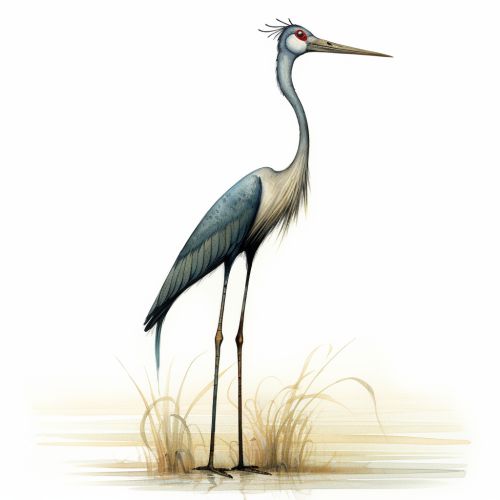Struthio
Taxonomy and Evolution
The Struthio is a genus of birds in the order Struthioniformes, which also includes the kiwis, emus, and other ratites. The genus is currently made up of two extant species: the common ostrich (Struthio camelus) and the Somali ostrich (Struthio molybdophanes). These large, flightless birds are native to Africa and are distinguished by their long necks and legs, and their ability to run at high speeds.

The Struthio genus is believed to have first appeared during the Miocene epoch, around 23 to 5 million years ago. The ostrich lineage separated from the other ratites during the Miocene, leading to the evolution of the Struthio genus. The common ostrich and the Somali ostrich are believed to have diverged about 4 million years ago, with the Somali ostrich becoming adapted to the arid conditions of the Horn of Africa.
Anatomy and Physiology
The Struthio genus is characterized by a number of distinctive anatomical features. These birds are the largest living species of bird and are notable for their size, with males reaching heights of up to 2.8 meters and weights of up to 156 kilograms. Females are somewhat smaller, but are still considerably larger than most other bird species.
The body of a Struthio bird is large and round, with a long neck and legs. The legs are powerful and adapted for running, with two toes on each foot. The larger, inner toe has a large, sharp claw. The wings are small relative to the size of the body, and while they are not capable of flight, they are used in mating displays and for balance when running.
The Struthio bird's eyes are among the largest of any land vertebrate, and its beak is flat and broad, without the hook typical of most birds. The skin of the neck and legs is largely featherless, and is gray-blue or pinkish in color.
Behavior and Ecology
Struthio birds are primarily herbivorous, feeding on seeds, shrubs, grasses, and leaves. They also ingest stones to aid in digestion, and will occasionally eat insects or small vertebrates. They are known to be able to survive without water for long periods of time, obtaining necessary moisture from the vegetation they consume.
These birds are nomadic, moving with the changing seasons to find food and water. They live in groups of up to 50 individuals, led by a dominant male and female. During the breeding season, the dominant male mates with the females in his group, and the females lay their eggs in a communal nest dug by the male.
Conservation
The Struthio genus is not currently considered to be at risk of extinction. The common ostrich is classified as Least Concern by the IUCN, while the Somali ostrich is classified as Vulnerable due to habitat loss and hunting. Conservation efforts for these species are focused on habitat preservation and regulation of hunting.
